I have a .csv which is in the following format:
[TestHeader]FIELDS,"LANGUAGE","LC_NUMERIC","CELLNAME","TESTTYPE","REPORTER","TITLE","STARTDATE","STARTTIME","ENDDATE","ENDTIME"DATATYPE,"Text(80)","Text(80)","Text(64)","Text(80)","Text(80)","Text(80)","Text(12)","Text(20)","Text(12)","Text(20)"
I would like to put this data in a multidimensional array that would mimic as if it was in a sheet. Where the cells are empty it would be empty in the array as well.

I am trying to use the following but it only puts the data in a 1D array which is not suitable for what I need.
Dim Delimiter As String
Dim TextFile As Integer
Dim FilePath As String
Dim FileContent As String
Dim LineArray() As String
Dim DataArray() As String
'Inputs
Delimiter = ","
FilePath = emiFilePath
'Open the text file in a Read State
TextFile = FreeFile
Open FilePath For Input As TextFile
'Store file content inside a variable
FileContent = Input(LOF(TextFile), TextFile)
'Close Text File
Close TextFile
'Separate Out lines of data
LineArray() = Split(FileContent, Delimiter, -1, vbTextCompare)
'Read Data into an Array Variable
'Re-Adjust Array boundaries
ReDim Preserve DataArray(UBound(LineArray))
'
'Load line of data into Array variable
For y = LBound(LineArray) To UBound(LineArray)
DataArray(y) = Replace(LineArray(y), Chr(34), vbNullString)
Next y